Every cup of tea has two ingredients – the tea leaves and the water. To fuse these two into a cup of tea, it goes through the process of brewing, and as every tea drinker who’s ever tried an overbrewed cup of tea knows, even the best leaves and water can make a terrible cup if the brewing method is flawed, whether by design or accident. In fact, among all the major beverages of the world, tea is perhaps the most demanding on the drinker in terms of what it asks for — to make a nice cup of tea, the drinker must be able to brew the tea, and hopefully, brew it well. It is not an accident that we call the Chinese style of tea making these days “gongfu cha”. Gongfu roughly translates into skill and ability, and the tea that results is really determined not by the ingredients that went into it, but by the hands of the person brewing it.
What exactly does this skill consist of? One way of thinking about it is to start with the end goal — a pleasant, presumably fragrant, and enjoyable cup of tea. This means that the cup should possess as few undesirable traits as possible, such as an overabundance of roughness, bitterness, or odd flavours, and also be flavourful, has depth, and a good body. An insipid cup does not have any bad traits, but the absence of any distinctive features at all is itself undesirable.
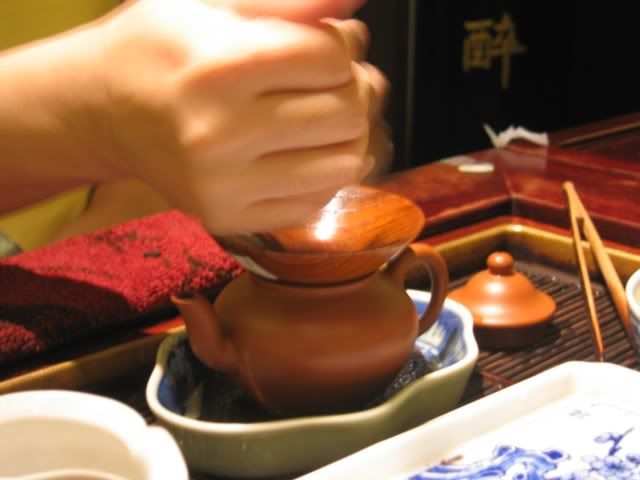
Now, the question is really how to get from leaves and water to an enjoyable cup of tea. If we leave out the issue of the leaves and water (you can read the rest of this blog for my thoughts on those issues) the only variables that we can actively influence as the tea brewer are the teaware, the leaves/water ratio, the temperature, and the time. Let’s talk about them in turn.
For most of us, teaware is often an automatic choice based on the type of tea in question and the number of people drinking. The most versatile, of course, is the gaiwan, and it is also perhaps the most neutral. For those of us who, by and large, use yixing or other kinds of teapots for brewing, there are a few things worth thinking about when assigning pots to teas. For example, is this an aged tea with a strong flavour, or a fragrant one with a delicate aroma? For the former, a more porous pot may be more useful, while the latter might suit a high density pot like a zhuni better. The shape of the pot may also come into play, as I generally find flatter pots with large openings more suitable for Wuyi yancha, while rounder shapes work better for rolled oolongs. How the pot pours is of paramount importance — not in terms of whether the flow stops if you stop the air hole (which I believe is of zero relevance) but rather how fast the water drains from the pot. If it takes too long, you should take that into consideration for the next question, which is the water/leaf ratio.
The question of how much leaves to use in a particular pot/gaiwan is really one of the biggest decision a tea brewer can make, and has implications for all kinds of issues like how fast to pour and what to expect from the cup. Examining the dry leaves and knowing what type/nature it is will help determine the amount of leaves to use. Lighter teas generally require less leaves, while heavier ones can take more, even though that may sound odd. When I say light, I mean lightly processed — greens, whites, qingxiang (little to no roast) oolongs, very young puerhs. When I say heavy, I have in mind nongxiang (heavily roasted) oolongs, aged teas of all kinds, heavily oxidized teas, etc. The amount of leaves, in grams, is really not a very useful unit to measure, because what really matters in terms of brewing is how much leaves there are versus how much water there will be in the vessel. 7g of tea is a lot in a 50ml gaiwan, but is not a lot in a 150ml pot. I always measure the amount of tea I use by how much of the vessel I’m filling up with the dry leaves. This can range from 1/8 to 3/4 of the vessel, depending on the tea and the nature of the leaves. Rolled leaves, for example, will expand greatly, so you need to leave room for it to do so, whereas flat leaves, such as certain Wuyis and dancongs, unfurl pretty much in place, and you sometimes need to pack more in to achieve certain tastes. There are also the special cases of brewing using Chaozhou style techniques (that’s another subject entirely) which needs different types of preparations.
The amount of leaves used determines, again, how fast the infusions should be, and also to a slightly lesser extent, the temperature of the water used. The teas I drink tend to be on the “heavy” side of the scale, so boiling water is generally required. When making lighter teas though, starting from qingxiang oolongs, it is often important to pay attention to how hot the water is and adjust accordingly. Lighter generally means cooler, as most of you already know. Cooler, however, also means longer steeps, and this is where it gets tricky, often involving active adjustments on the brewer’s part to get it right. Whereas using boiling hot water often means pouring the tea out quickly, often immediately, using cooler, longer steeps will result in different kinds of tastes. A heavy tea that is steeped quickly with hot water should be full bodied with the fragrance that is desired, but not the bitterness and roughness that will surely follow if steeped even slightly too long. With lighter teas, water that’s too hot will scald the leaves and can make the tea less fragrant or even bitter and nasty almost immediately, with no remedy possible once done. Cooler water with longer steeps will bring out the fragrant and sweet elements of the leaves without the tea suffering from damage.
It is, however, in the adjustment process where I think gongfu tea really gets its name. How to manage all these moving parts in a satisfactory way is the key to making a good cup of tea, Chinese style, and to be able to do that, it involves a certain amount of practice and experience, which then translates the act of brewing into an intuitive process that flows naturally, rather than something that resembles a science experiment, with measurements and timers and thermometers. Part of this is very much a practical problem — I’ve observed people who learned tea making a certain way who then follow the directions given to the letter (heck, I’ve done it myself early on — we all have) and it just doesn’t work. 5/10/15/30/30/60/60 is not how you make a good cup of puerh, or oolong, or anything. Being able to mix and match and adjust on the fly depending on what’s coming out from the pot is. If the last cup is too weak? Brew a little longer, or if the water hasn’t been reboiled in a few minutes (depending on the way you handle water in the brewing process) maybe it needs to be heated again. Or, if you’re not achieving a certain taste, perhaps you can push the tea a little further. Likewise, don’t be afraid to actually take leaves out of the pot — sometimes there’s just too much leaves in the pot, and as non-intuitive as this is, pull some leaves out. The resulting cup may actually be better.
Most importantly though, the adjustment process allows the tea to be brewed according to individual taste. I know that I like the tea certain people make more than others. They are just better tea brewers, at least in my eyes, regardless of what tea is given to them. There are those whose tea I had the misfortune of drinking, and by mangling it thoroughly, what should have been a great cup is destroyed. Sourness that should have been subdued became pronounced, Wuyi that should have that strong rock aftertaste turns into insipid brown tea, and young puerh brewed in such a way as to make me wonder if I should be drinking some white tea instead. When making tea for ourselves and ourselves alone, the adjustment process is easy — you have perfect feedback from yourself, and can tune the tea making a certain way. When making for a group of people, asking them how the tea is coming out is equally important. It is easy to fall into the routine of our own tea habits without thinking about the fact that now someone else has to drink that cup of tea. Maybe they don’t actually like (or can handle) 10g of Lao Banzhang in a 60ml pot. Maybe lightening up on the leaves will be a good idea. Drinking tea by yourself or with others is always a learning experience. The end goal, I think, is elusive, but every day we think about what we’re drinking, we’re getting closer to a better cup of tea.

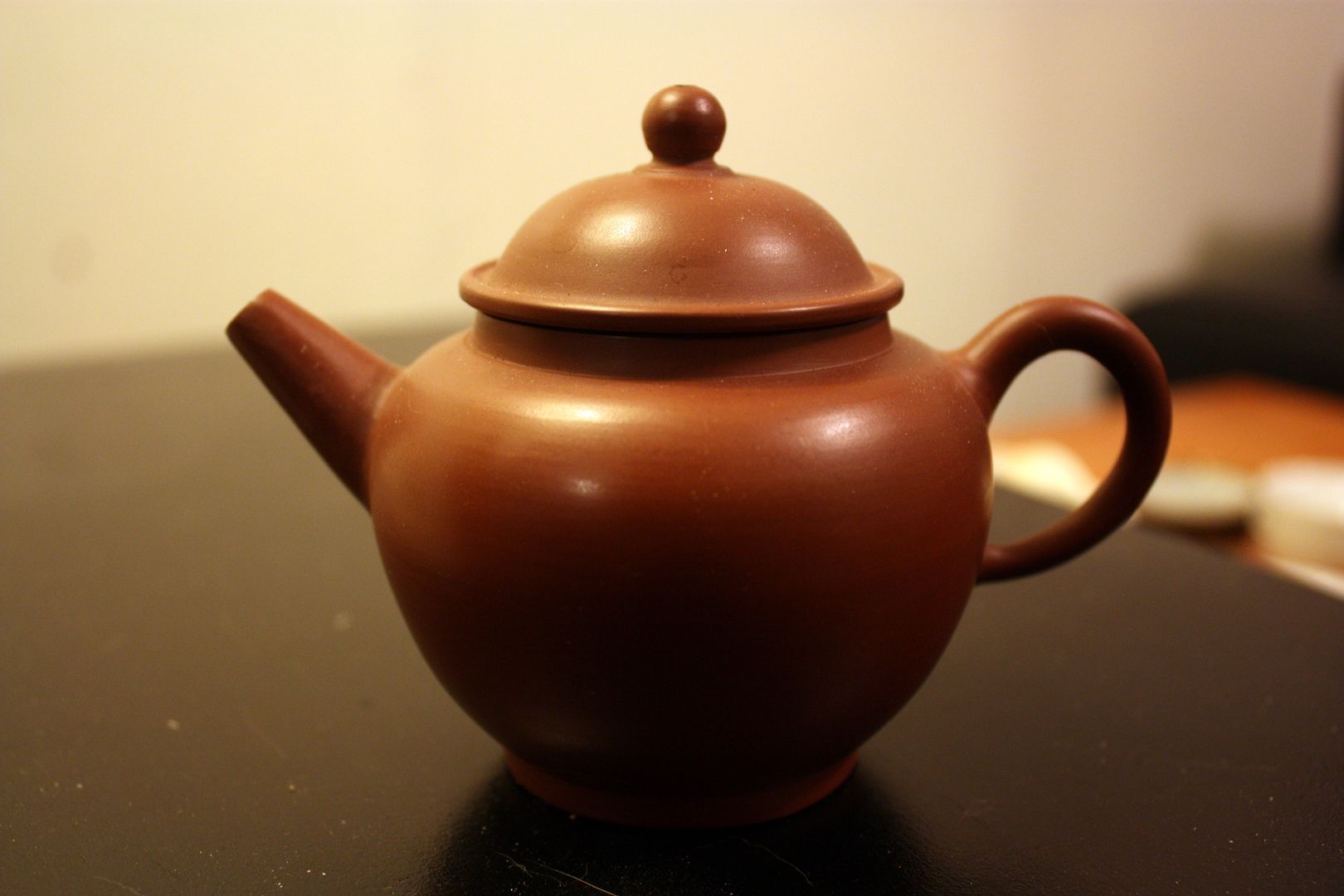

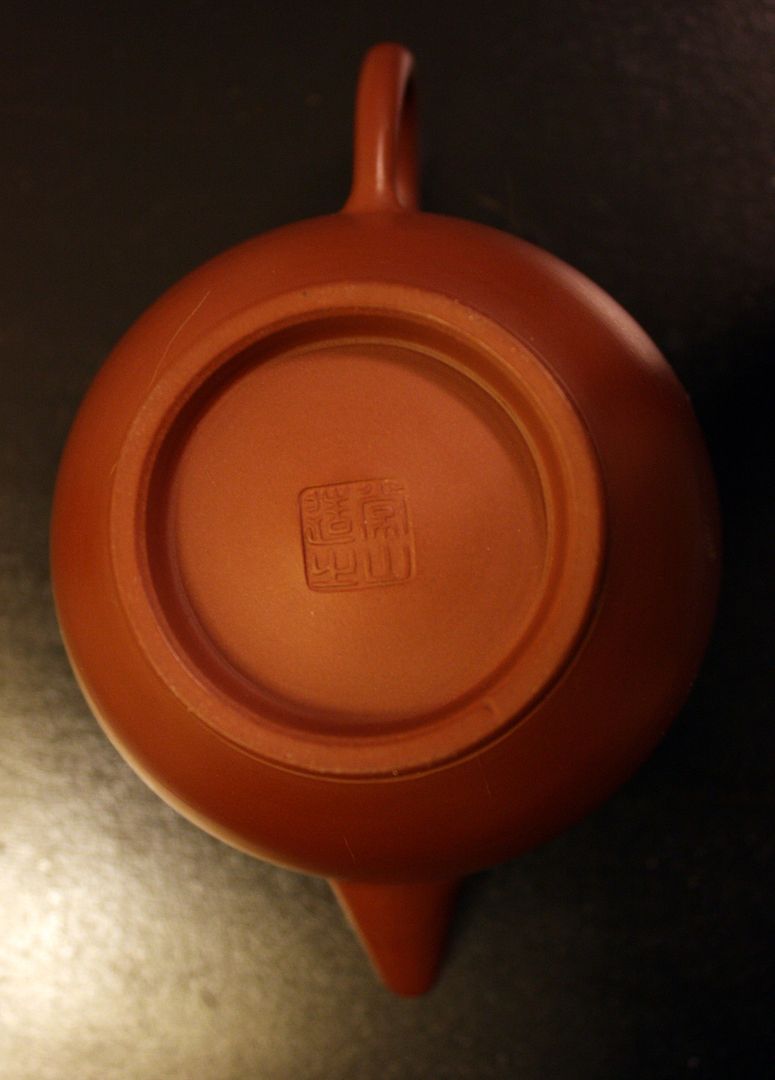
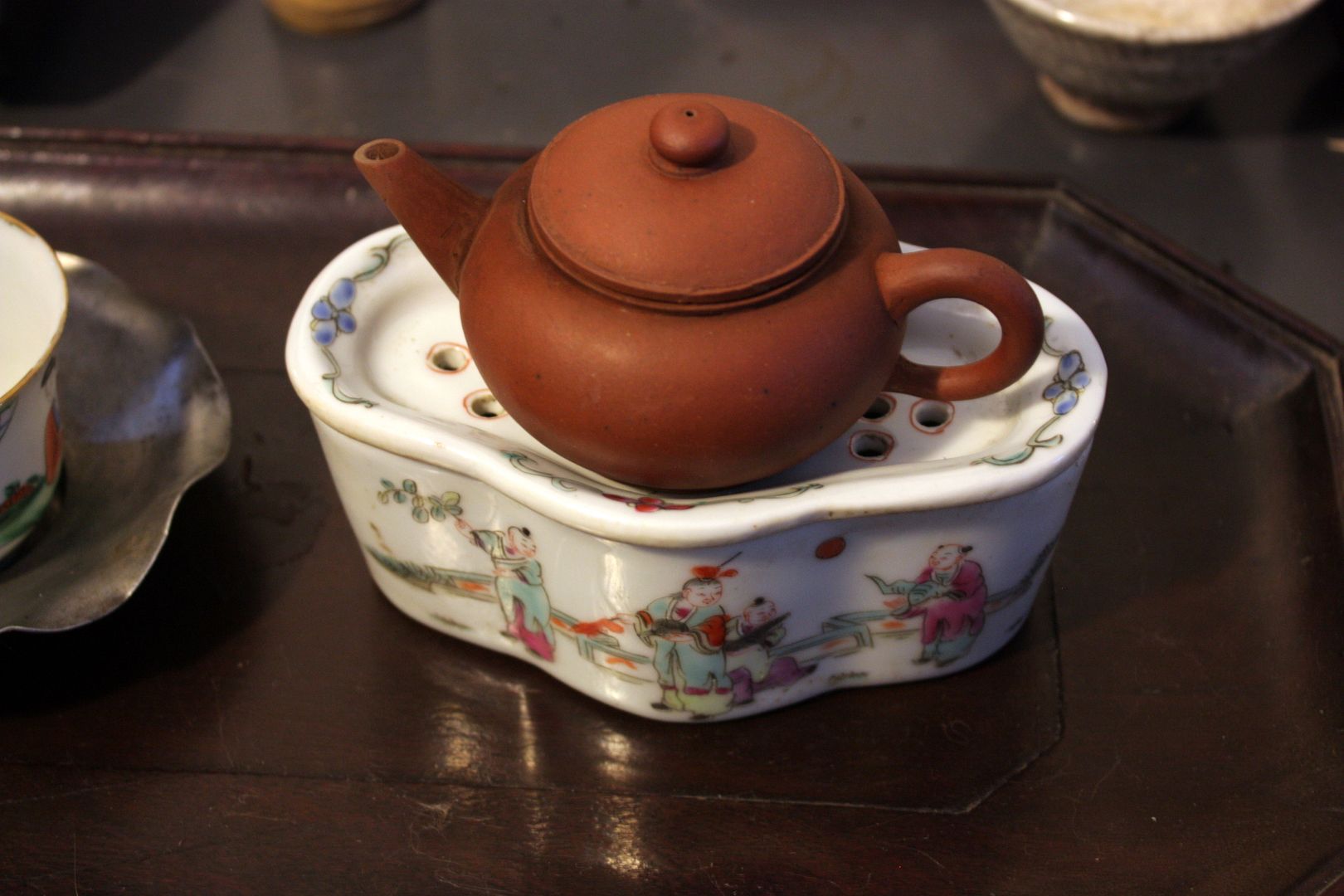
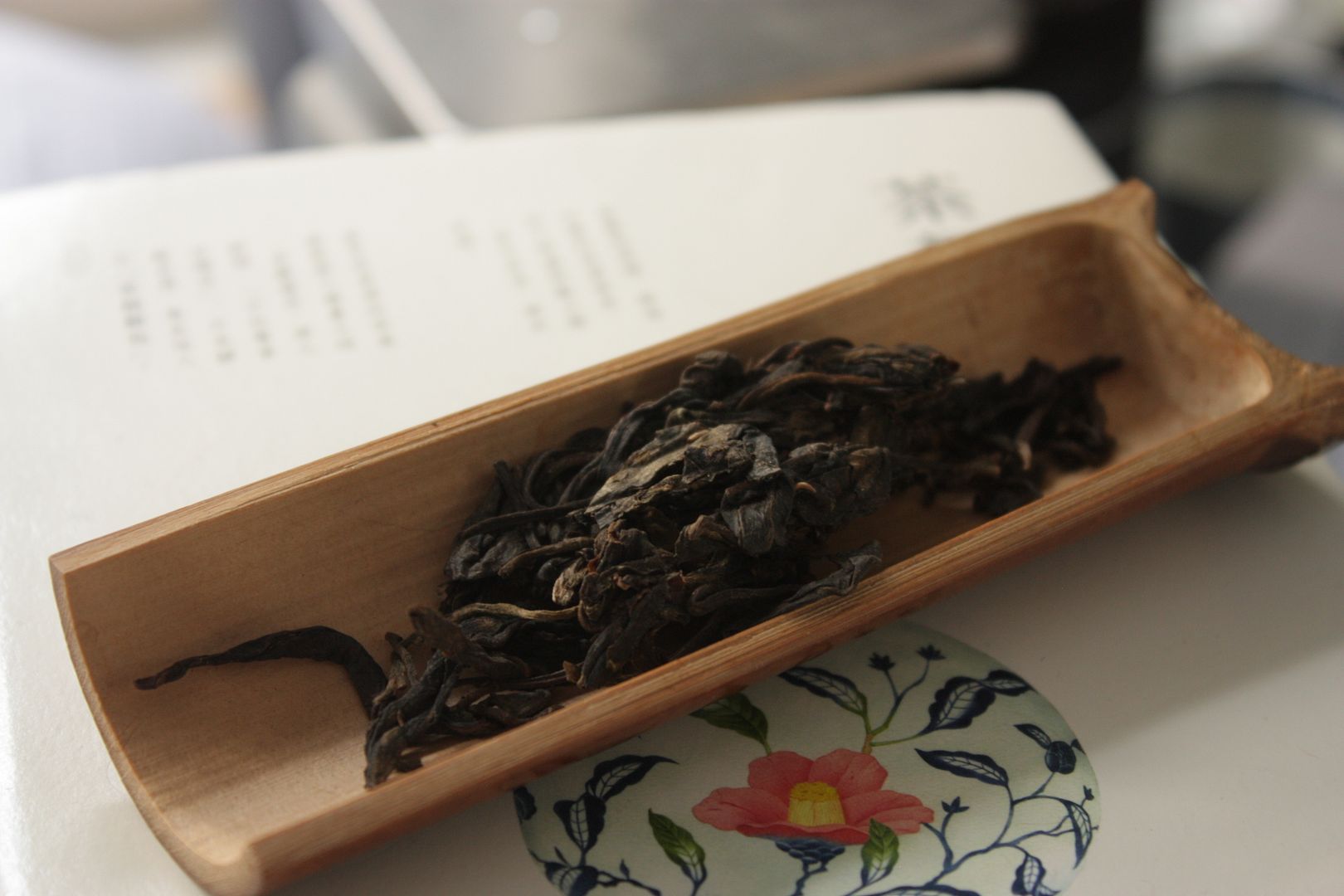
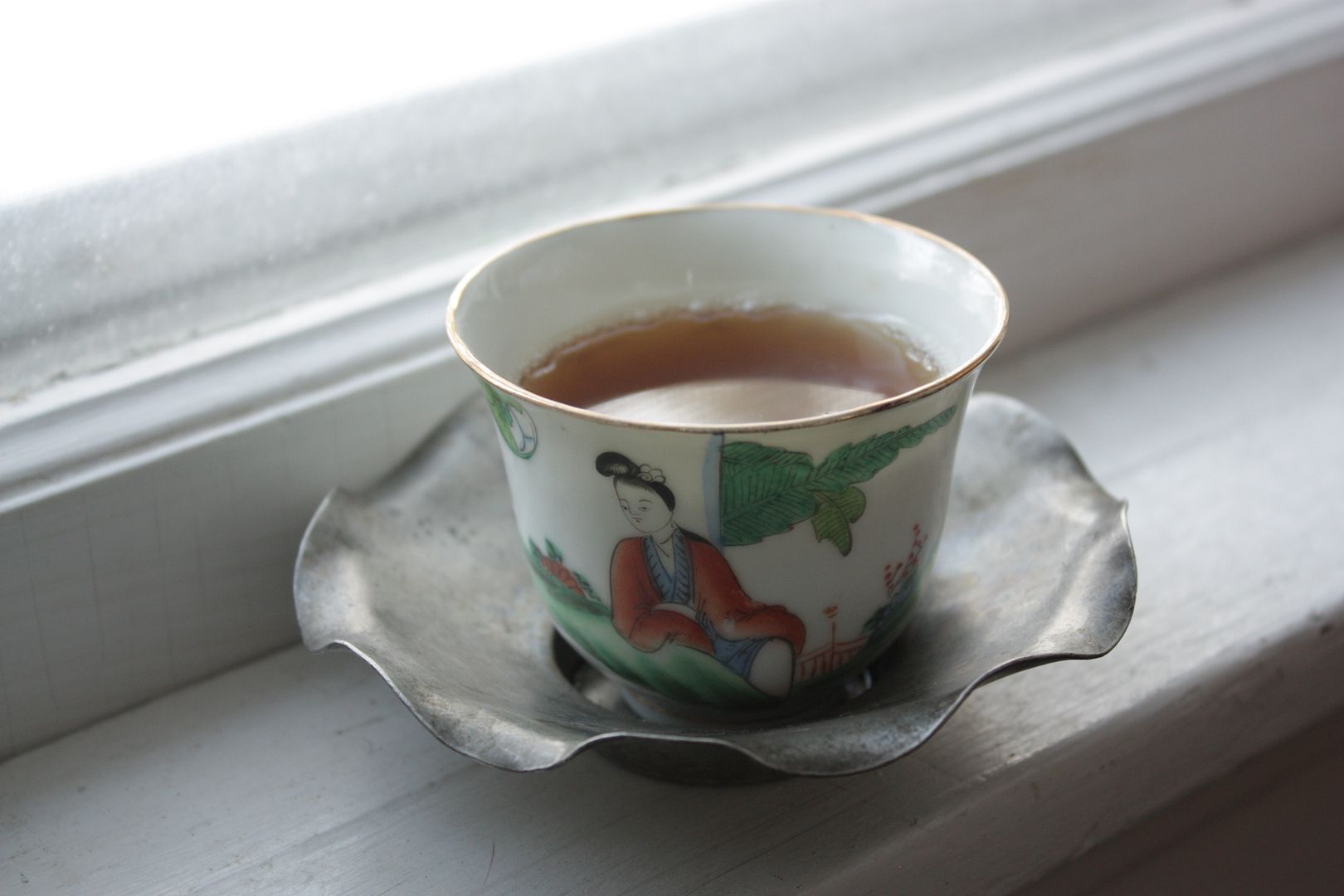
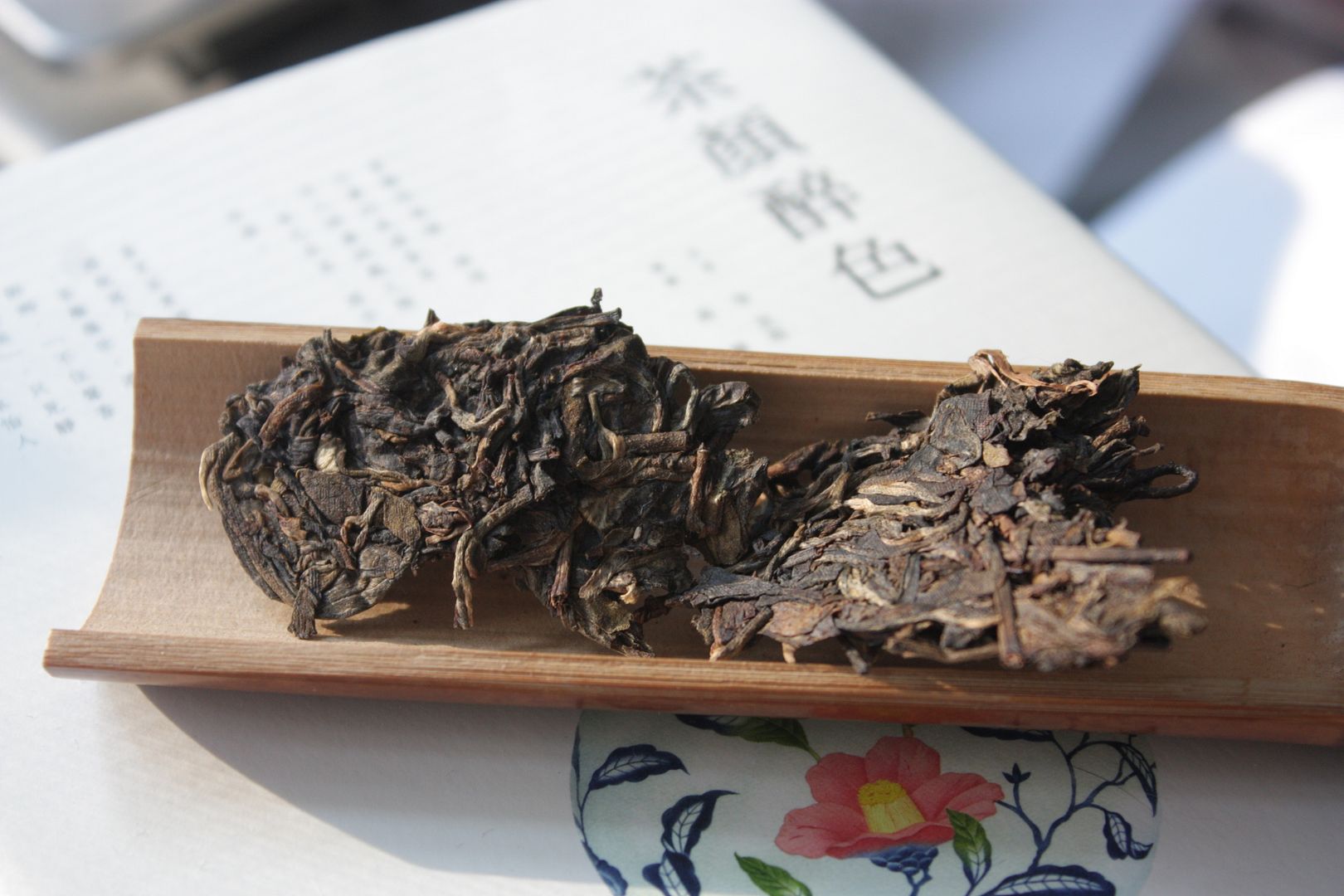
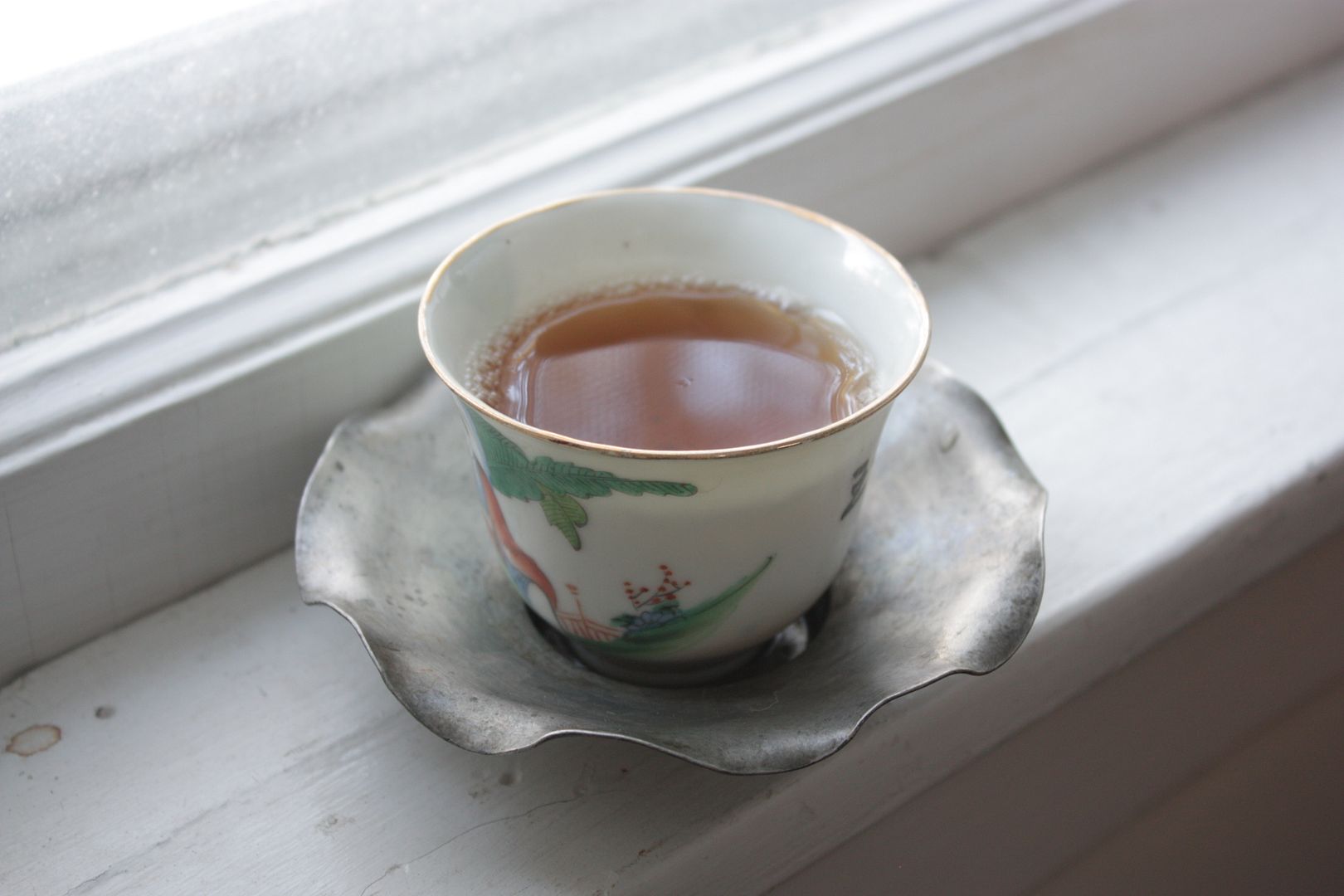
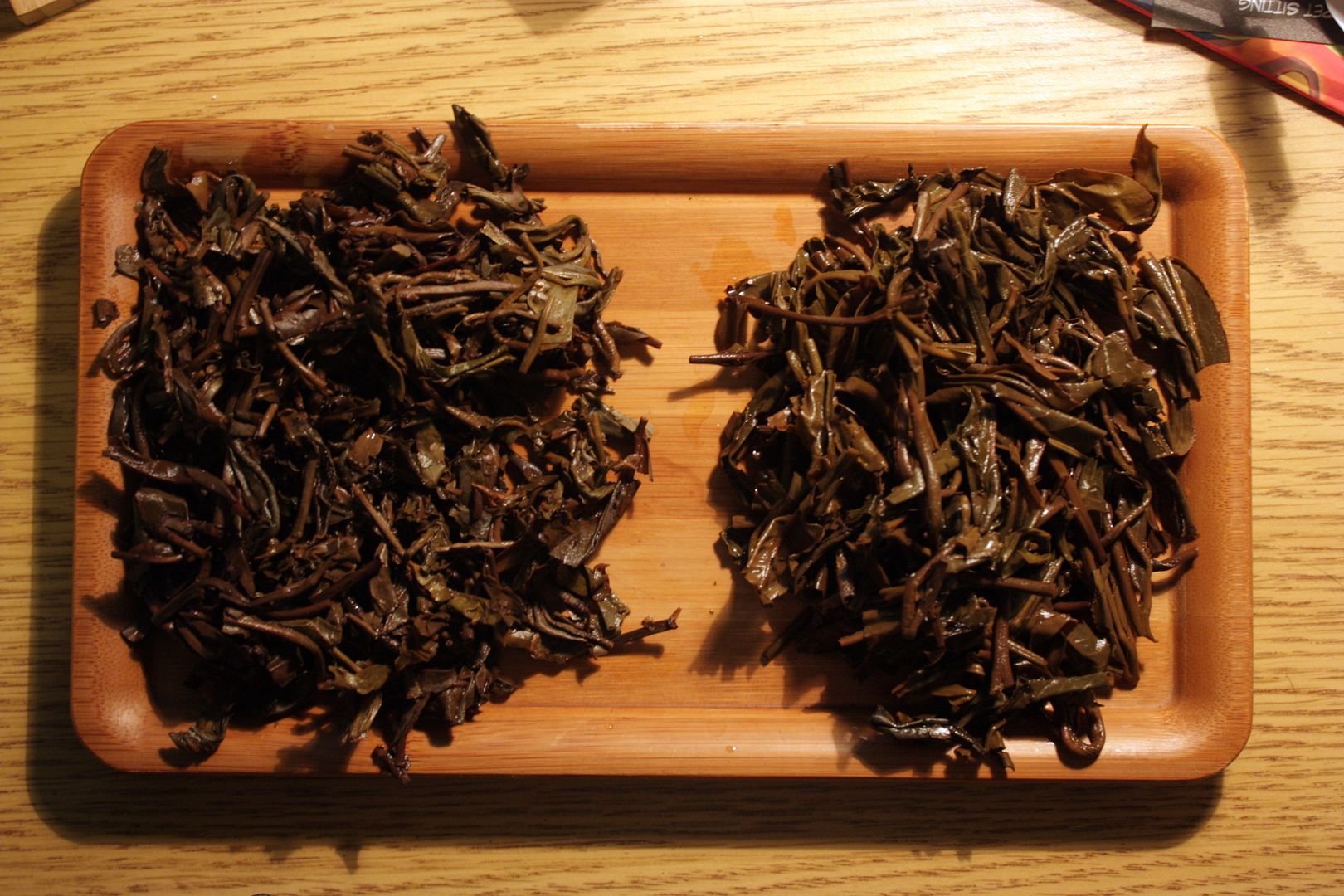
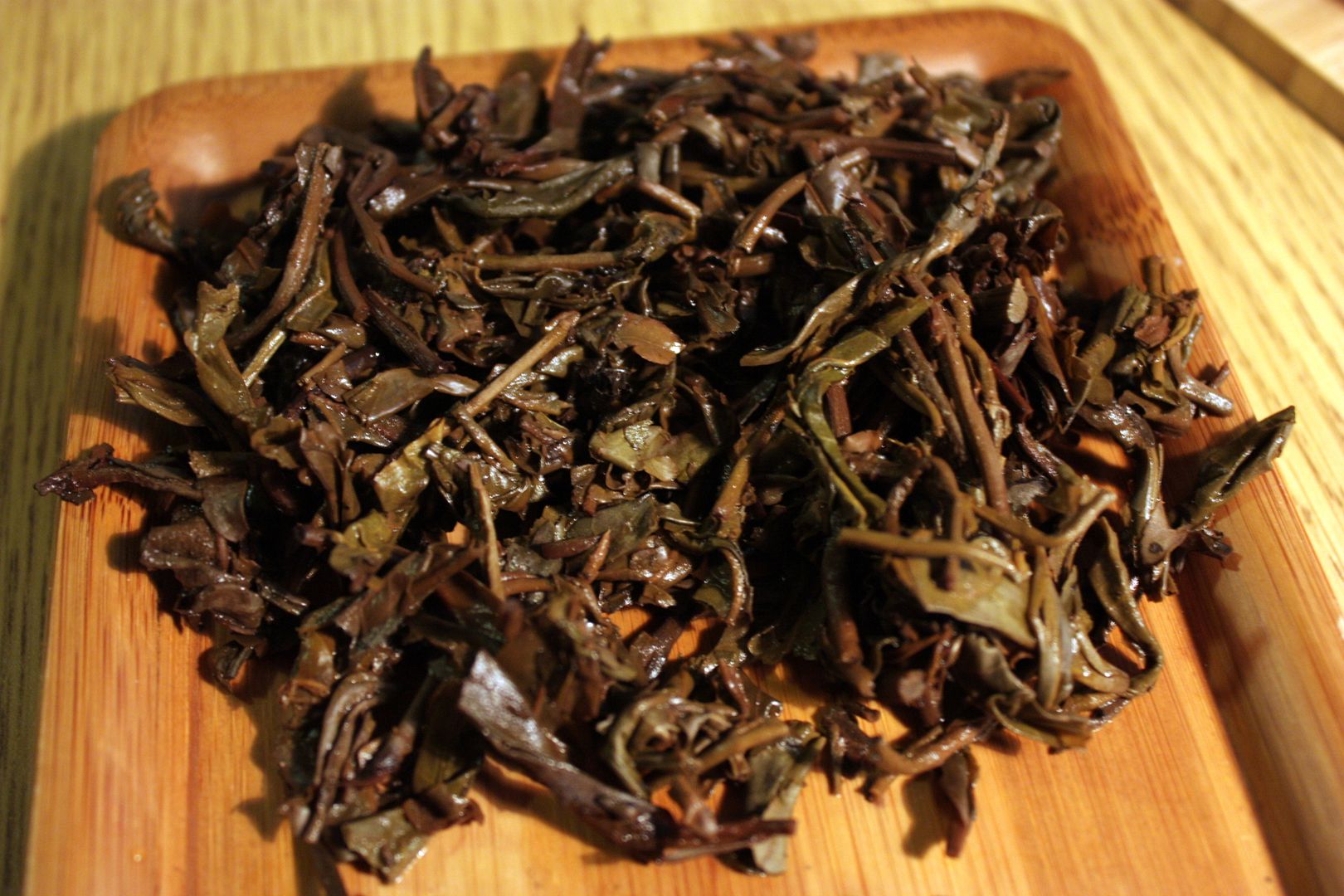
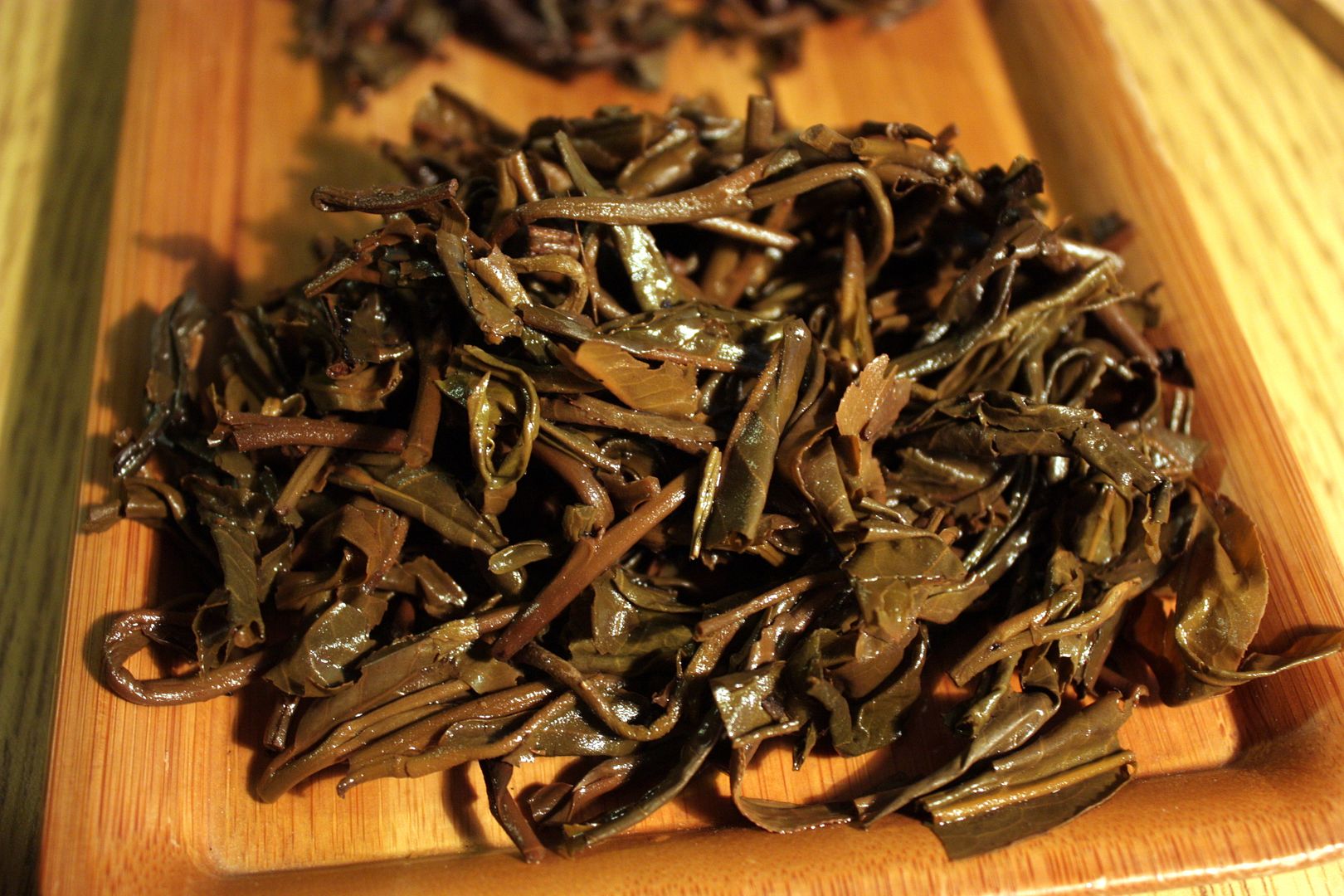

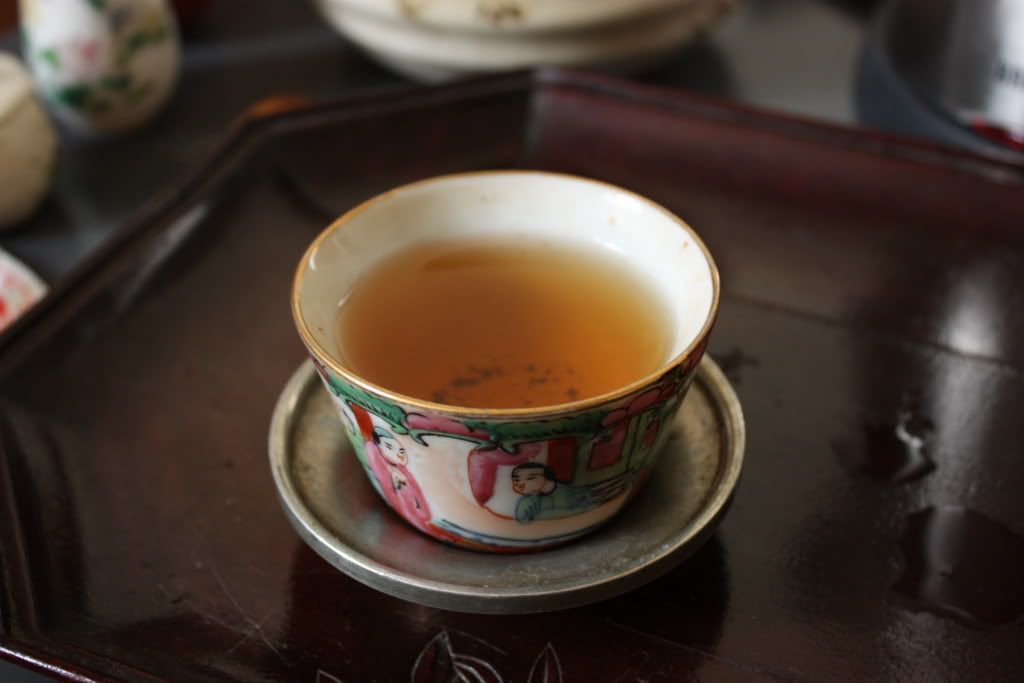
 RSS - Posts
RSS - Posts
I took you at your suggestion and have been reading some of your old post-Covid posts. I haven’t been to…